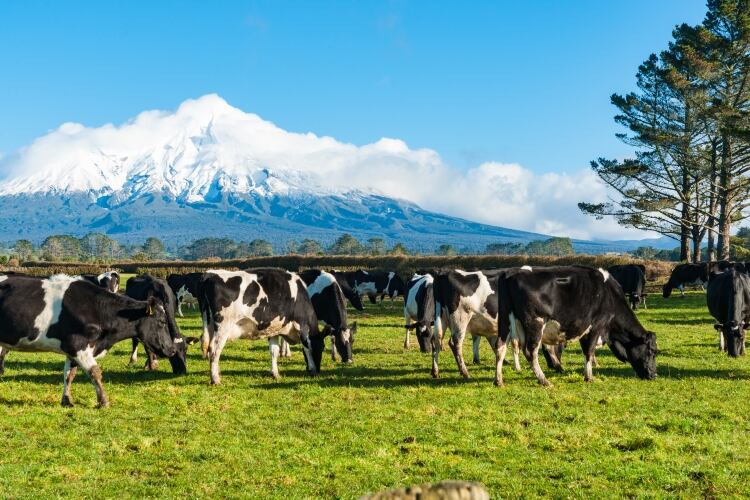Fonterra director on-farm excellence, Charlotte Rutherford, said the reports are designed to provide insights for farmers to help identify opportunities for improvements on farm – providing indicators such as the estimated level of biological methane and nitrous oxide emissions per hectare, and the amount of emissions per kilogram of milk solids.
“One of the most important steps in improving your emissions profile is understanding where your emissions come from, and that’s what this report does,” Rutherford said.
“As well as being a very practical step toward helping New Zealand meet climate change commitments, the environmental report supports our strategy to meet growing global demand for food that’s kind to the planet.
“Today 81% of consumers feel strongly that companies should help improve the environment. Our customers are responding to this by setting some bold goals to reduce their emissions profile over the coming years and there’s an opportunity for farmers to support them. For example, Nestlé has a target for net zero emissions by 2050 and Starbucks aims to reduce carbon emissions by 50% by 2030.”
Once the reports are in farmers’ hands, the focus will turn to implementing solutions to help reduce emissions.
South Wairarapa farmer Aidan Bichan is one of around 100 farmers who took part in the original pilot in 2018. Aidan runs a 900 cow dairy farm near Featherston and says knowing his farm emissions profile prompted his team to make some practical changes, including halving the amount of nitrogen fertilizer applied on farm.
“It hasn’t really impacted production because we’re getting more efficient use of that nitrogen. We’ve changed the timing and the rate of application, and we’re a lot more careful about how we use it.”
Fonterra has also recently partnered with Sea Forest in Australia to trial a specific seaweed (Asparagopsis) as a supplement feed for dairy herds in Tasmania to help reduce emissions.
In New Zealand, the Fonterra Research and Development Centre is also looking at how to reduce emissions by creating new fermentations (Kowbucha), which could potentially switch off the methane-producing bacteria in a cow’s digestive system.

